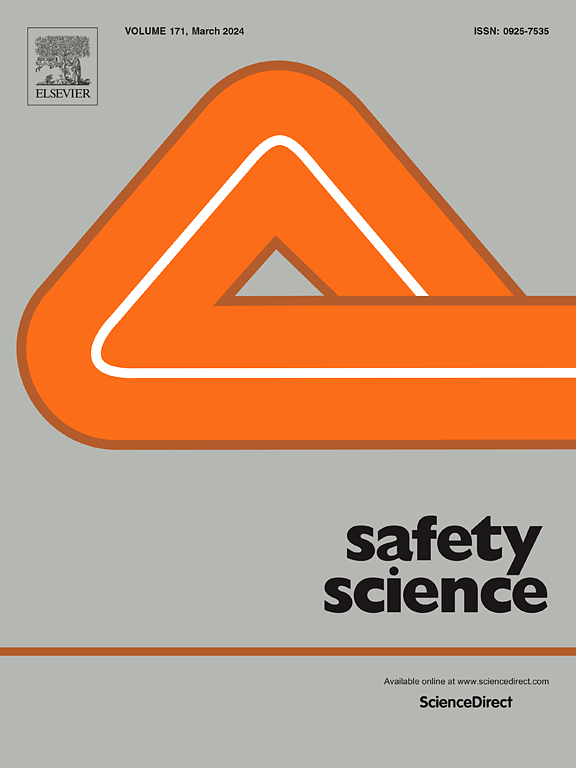客户-承包商界面的工作场所健康和安全绩效:测量、管理和行为
IF 4.7
1区 工程技术
Q1 ENGINEERING, INDUSTRIAL
引用次数: 0
摘要
作为建设项目的发起者,客户有能力影响其采购项目的工作健康和安全。他们寻求做到这一点的方法之一是通过实施测量制度来收集数据,然后利用这些数据来管理他们参与交付项目的承包商的WHS绩效。然而,广泛使用的WHS绩效指标的有效性受到质疑,衡量和管理制度在影响客户-承包商边界的WHS绩效方面的有效性也没有得到很好的理解。因此,有必要更好地了解建筑客户实施的有效测量和管理活动的特点,以影响承包商的WHS绩效。对从事大型基础设施建设项目交付的客户和承包商代表进行了定性访谈。观察到客户在WHS方面实施绩效测量和管理(PMM)方法。这些被分为理想类型,即依赖专制、官僚或合作控制形式的政权。据观察,专制和官僚的PMM制度产生了适得其反的行为,包括信息操纵,安全“混乱”的颁布,质量差的客户-承包商关系和低水平的信任。相比之下,合作机制在WHS方面产生了更高水平的信任、公开和诚实的报告以及合作解决问题。研究结果表明,应该仔细设计和实施PMM制度,以确保其有效。本文章由计算机程序翻译,如有差异,请以英文原文为准。
Workplace health and safety performance at the client-contractor interface: Measurement, management and behaviour
As the initiators of construction projects, clients have the ability to influence work health and safety (WHS) in the projects they procure. One of the ways they seek to do this is through the implementation of measurement regimes to collect data that they then utilise to manage the WHS performance of the contractors they engage to deliver projects. However, the validity of widely utilised WHS performance indicators has been questioned and the effectiveness of measurement and management regimes in influencing WHS performance across the client-contractor boundary is not well understood. There is therefore a need to better understand the characteristics of effective measurement and management activities as implemented by construction clients to influence contractors’ WHS performance. Qualitative interviews were conducted with client and contractor representatives engaged in the delivery of large-scale infrastructure construction projects. It was observed that clients implement performance measurement and management (PMM) approaches in relation to WHS. These were grouped into ideal types, i.e. regimes reliant on autocratic, bureaucratic or collaborative forms of control. It was observed that autocratic and bureaucratic PMM regimes produced counterproductive behaviours, including manipulation of information, the promulgation of safety ‘clutter,’ poor quality client-contractor relationships and low levels of trust. In contrast, collaborative regimes produced higher levels of trust, open and honest reporting and collaborative problem-solving in relation to WHS. The findings suggest that PMM regimes should be carefully designed and implemented to ensure that they are effective.
求助全文
通过发布文献求助,成功后即可免费获取论文全文。
去求助
来源期刊

Safety Science
管理科学-工程:工业
CiteScore
13.00
自引率
9.80%
发文量
335
审稿时长
53 days
期刊介绍:
Safety Science is multidisciplinary. Its contributors and its audience range from social scientists to engineers. The journal covers the physics and engineering of safety; its social, policy and organizational aspects; the assessment, management and communication of risks; the effectiveness of control and management techniques for safety; standardization, legislation, inspection, insurance, costing aspects, human behavior and safety and the like. Papers addressing the interfaces between technology, people and organizations are especially welcome.
 求助内容:
求助内容: 应助结果提醒方式:
应助结果提醒方式:


